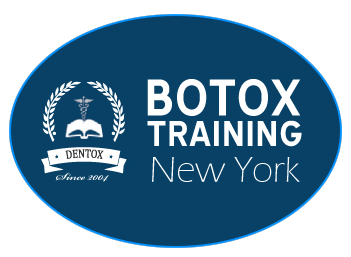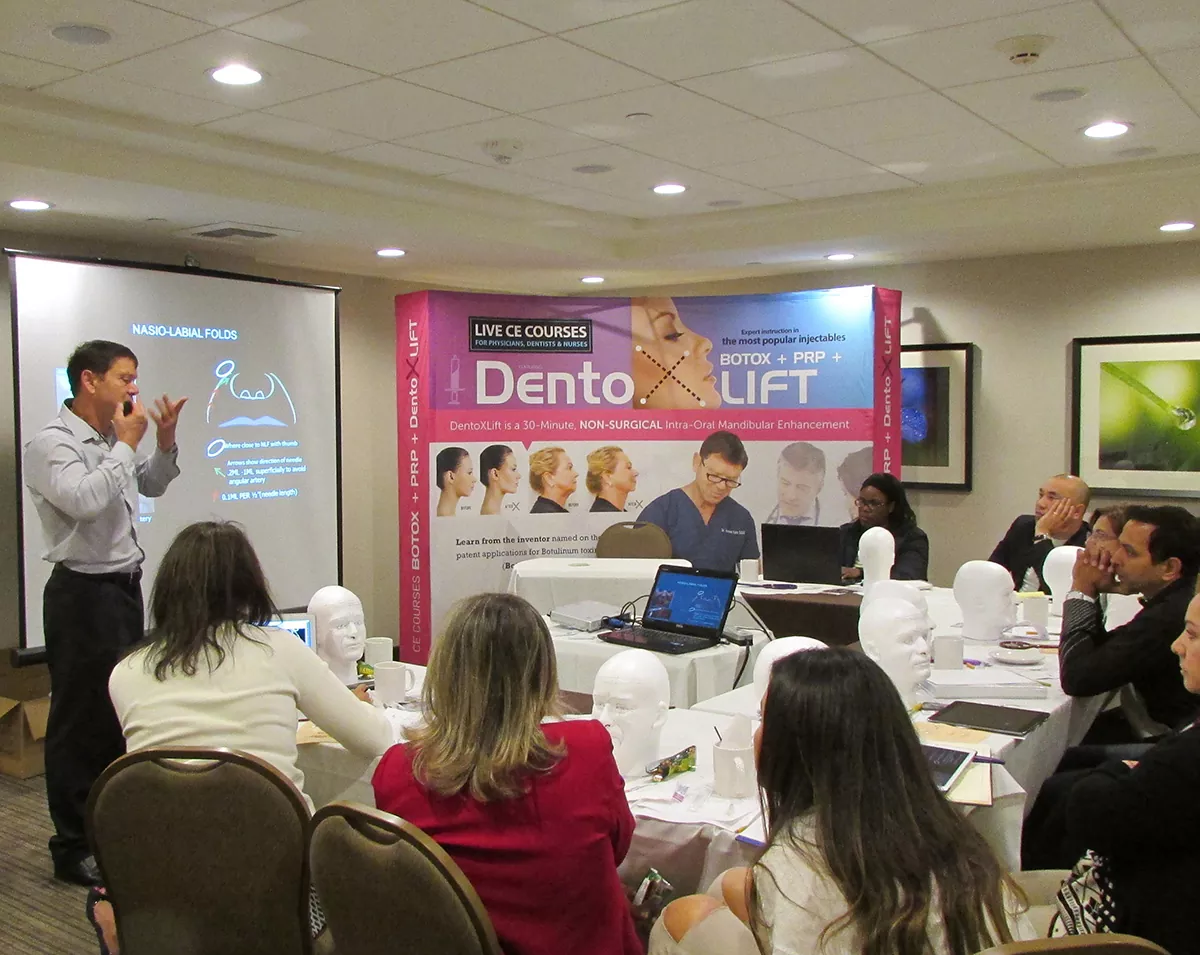Live Patient Courses – Unlocking Revenue Opportunities for Medical Professionals

With a name on the botox product’s patent application, Dr. Katz boasts over 30 years of experience and was an innovator in botox training.
In the ever-evolving landscape of medical aesthetics, staying ahead of the curve is crucial for practitioners. Check out Live Patient Courses, a cutting-edge program that provides practical training in nerve blocking, Botox, dermal fillers, and the groundbreaking DentoX LIFT technique, among other treatments. Medical professionals have a once-in-a-lifetime chance to take classes taught by world-renowned specialist Dr. Howard Katz and further their careers.
About Dr. Howard Katz:
With over 30 years of experience, Dr. Katz is a pioneer in botox training, boasting a name on the product’s patent application. Collaborating with industry giants like Allergan and Medicis, he has shared his expertise globally, making him a sought-after authority in the field.
Live Event Details – May 5th, 2024, New York City:
The event starts with an online Q&A session and recaps from 7:30 a.m. to 9:00 a.m., followed by hands-on Botox and Fillers training from 9:00 a.m. to 1:00 p.m. In the afternoon, participants will delve into nerve blocking and the DentoX LIFT technique from 2:00 to 5:00 pm at the M Social Hotel Times Square.
Course Highlights:
Part 1 – Botox Training:
- Discover effective Botox treatments for both cosmetic and medical goals.
- Get the hang of the fast fixes for nasolabial folds, glabellas, smile lines, and foreheads.
- Gain insights into the use of Botox for various therapeutic conditions.
Part 2 – Dermal Fillers Training:
- Comprehensive training for optimal aesthetic outcomes using dermal fillers.
- Enhance lip aesthetics, strengthen jawlines, and build up cheekbones.
- Explore combinations of Botox and fillers for versatile treatments.
Part 3 – Nerve Blocking Training:
- Save time and money with facial nerve-blocking techniques.
- Achieve painless procedures and retain patients.
- Learn to turn nerves off and on with precision, a unique skill from Dentox.
Part 4 – The DentoX LIFT:
- Introduce a new, minimally invasive, non-surgical facelift technique.
- Perform the DentoX LIFT in minutes, improving jawline, chin, and cheekbones.
- Provide instant results without surgery, discomfort, or downtime.
Additional Course Benefits:
- Marketing techniques with proven results.
- Extended access to online didactic training videos.
- Continuing education credits.
- Free staff member attendance for demo injections.
- Provided patient forms and a manikin kit for visual demonstrations.
- Accreditation and listing in Dentox’s directory of certified practitioners.
Registration Details:
- Tuition: $2499, payable in up to 3 installments.
- Satisfaction guarantee and price match policy.
- Locations are subject to change.
- Norton Secured for secure transactions.
Not able to attend live? Explore online options:
People who cannot attend live classes can still learn about Botox and dermal fillers through online programs. Your entire tuition for the online programs will be subtracted if you decide to enroll in a live course at a later date.
In an evolving field, Live Patient Courses with Dr. Howard Katz provide a golden opportunity for medical professionals to elevate their skills, offer diverse treatments, and unlock new revenue streams. Stay ahead in the competitive world of medical aesthetics with these cutting-edge courses.
Article courtesy of www.botoxtrainingnewyork.com






